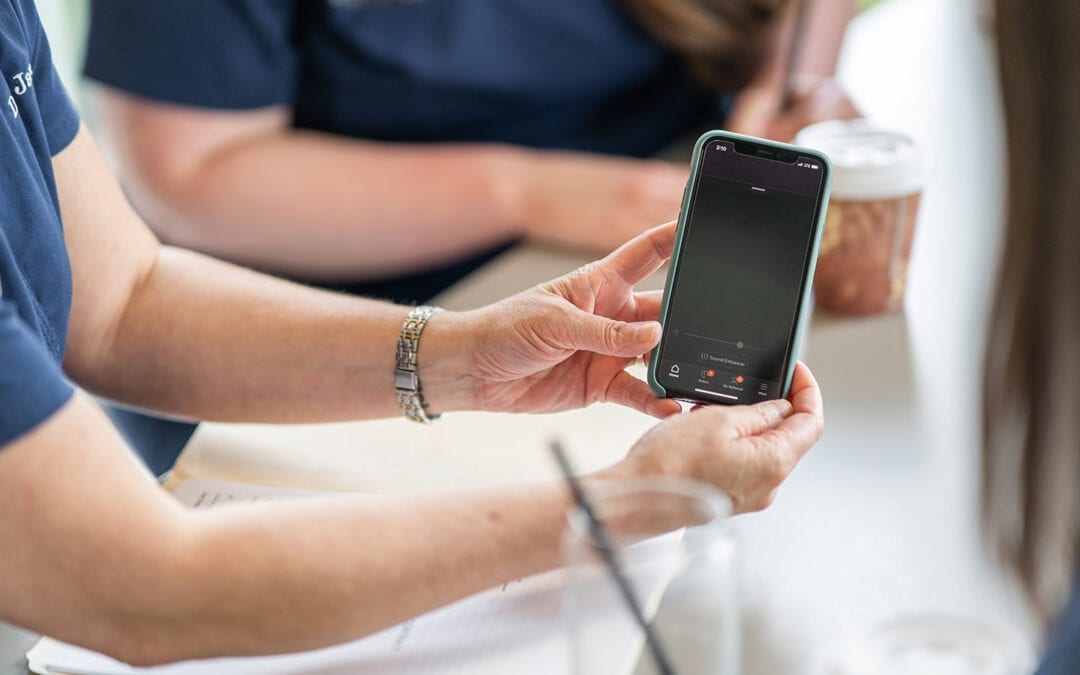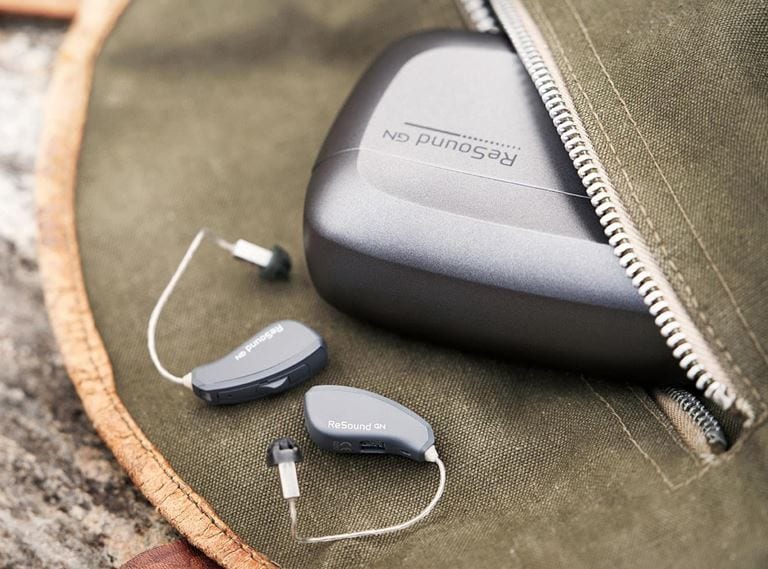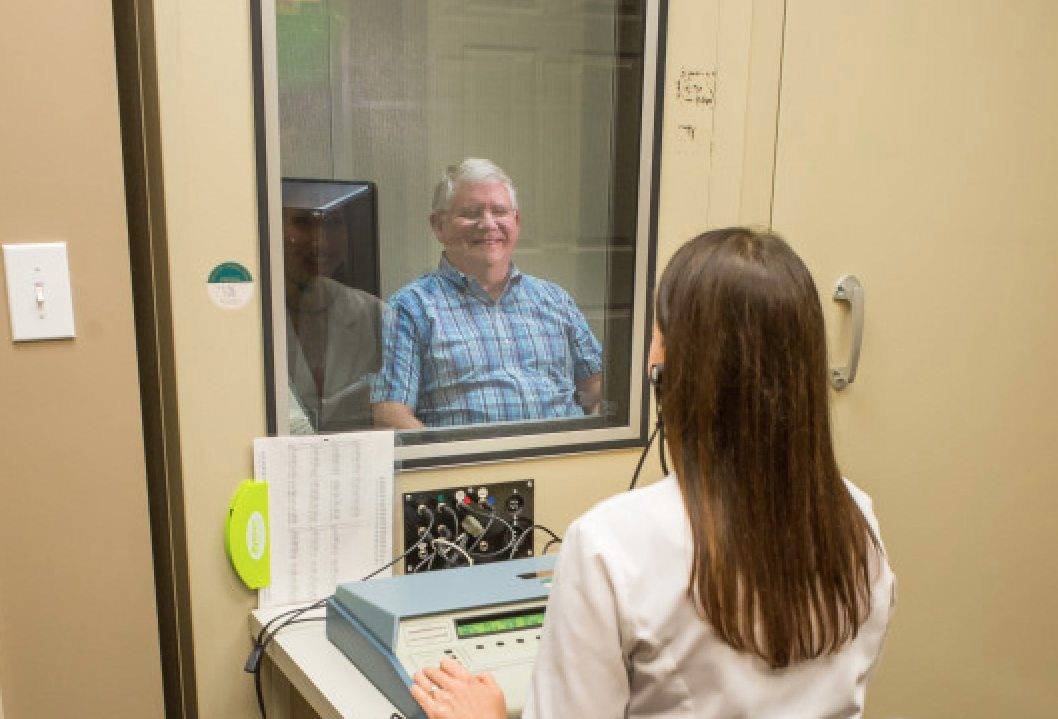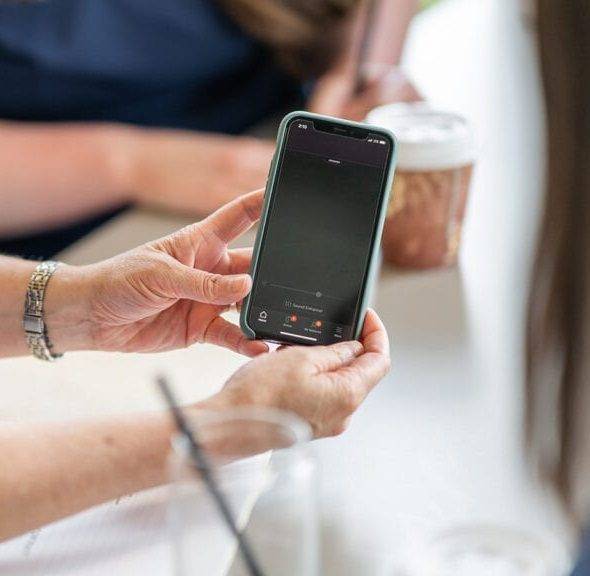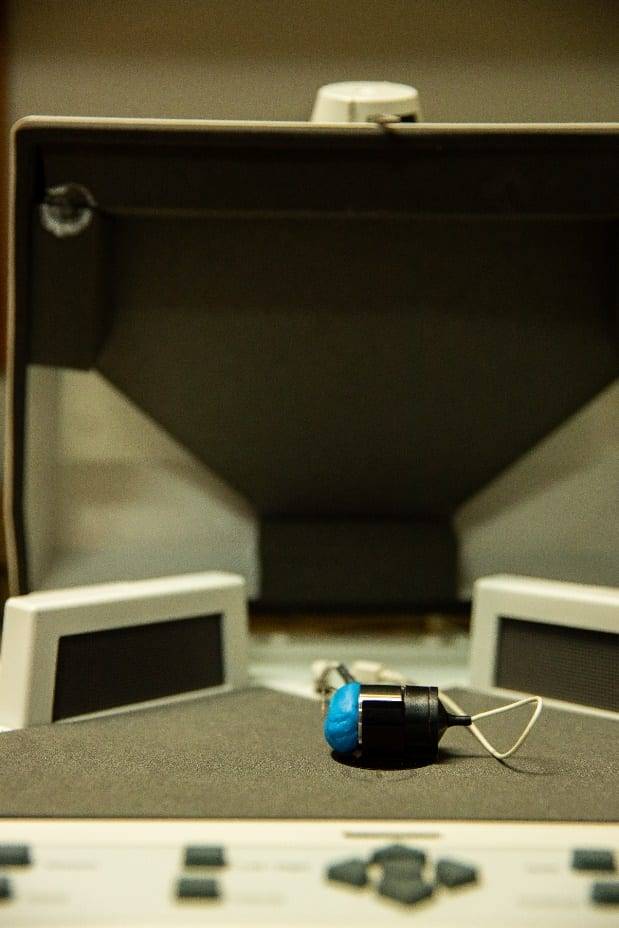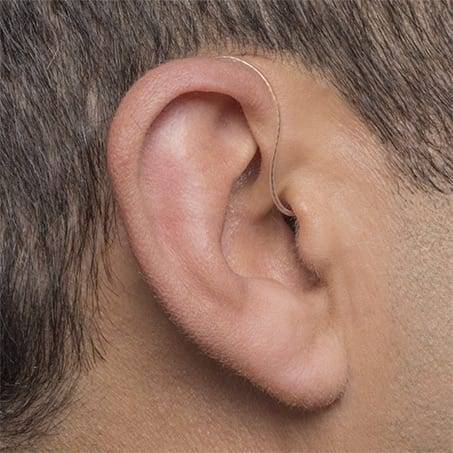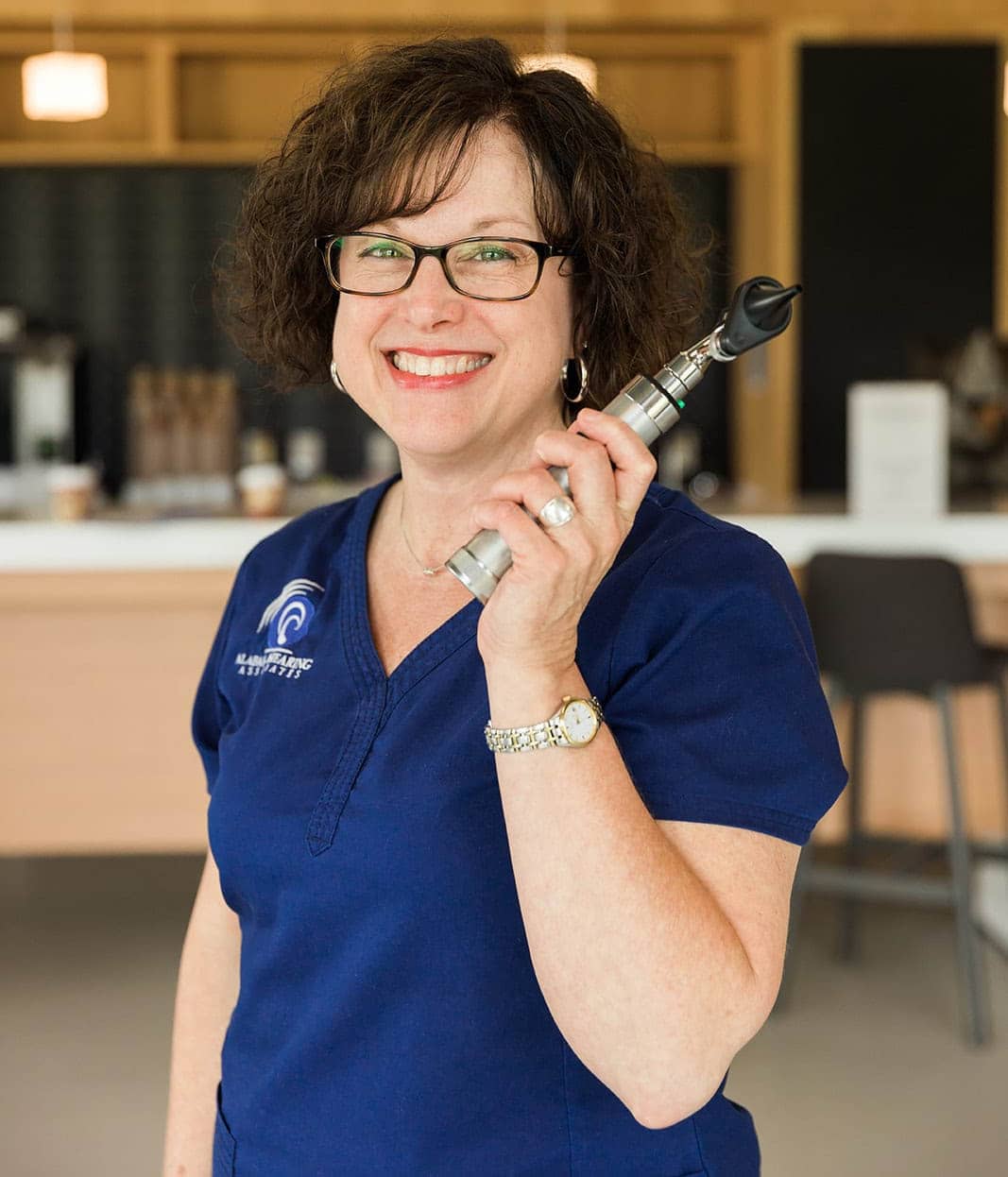In most cases, hearing aids are essential for reconnecting my patients to the world of sound. Not only can they hear better, but their quality of life is also improved. Hearing aids are smart devices, but there are times when we need to teach our patients about troubleshooting hearing aids.
There is an adjustment period patients must go through when wearing hearing aids for the first time. It is certainly worth persevering through this somewhat awkward stage, and I highly recommend that my patients make every effort to adjust to and regularly maintain their life-changing devices.
At Alabama Hearing Associates, we are here to support and encourage you through this transitional phase and beyond.
That’s why I’ve put together this guide for troubleshooting hearing aids that addresses some of the most common challenges and questions my patients often have along with my easy-to-follow solutions.
Troubleshooting Hearing Aids Issue #1 – I’ve Inserted My Hearing Aid, But I Can’t Hear Anything
In this instance, your hearing aid has been inserted into your ear, but there isn’t any sound amplification.
What to Do:
The good news is that this is a common problem, and it is the easiest one to fix.
- Make sure the hearing aid is turned on. Many hearing aid styles have a manual on/off switch. It should be switched to the “on” position.
- Once the hearing aid is switched on, check the volume. Is it turned to the lowest possible volume? It may only need an adjustment to a higher volume setting. Perhaps you experienced some whistling or annoying feedback the last time you wore your hearing aid, and you turned the volume down too low for relief.
- If your hearing aid is switched to “on,” the volume is turned up, and there’s still no sound amplification, you likely have a dead battery. Remove the battery and replace it with a new one. If you need help, please give me a call, and I can assist you.
Troubleshooting Hearing Aids Issue #2 – Some Sounds Are Uncomfortable To Hear
Your hearing seems distorted when you are in a different environment or situation, such as when you are having a phone conversation, in a crowded room, or watching television. You find this makes your hearing aids uncomfortable to wear.
What to Do:
It is common to experience some distortion when you begin to wear hearing aids. Your brain is scrambling to process the new incoming sounds.
This adjustment period is just a temporary situation, and you should notice an improvement with time.
Likewise, if you’ve been wearing hearing aids for a few years, you may find newer models may offer unique features that can make wearing hearing aids more comfortable to use and wear.
Other possibilities to consider include:
- Give your ears a break from your hearing aids. Remove them and let your ears rest.
- Some older hearing aid models may require you to adjust the setting and volume according to your environment or situation.
- Give your hearing aids a thorough inspection. Is there any lingering moisture? Does the battery look corroded? Can you see any wax or debris on the microphone?
- Many of these issues can be eliminated with new digital hearing aids. It might be time to replace your older hearing aids with a new digital pair.
Troubleshooting Hearing Aids Issue #3 – I’m Hearing Lots of Whistling and Feedback
The noises are painful and frustrating. It sounds very much like bad sound system feedback. You may also hear whistling or whining sounds.
This issue is often due to your device being improperly placed into your ear, or your hearing aid could be damaged.
What to Do:
- Take out your hearing aid and reinsert it into your ear. If it doesn’t seem to sit correctly within your ear, you might need an adjustment, a different style of hearing aid, or one that comes in a different size or shape. You can learn more about this in Issue #4 below.
- If your hearing aid is placed within your ear correctly, yet the whistling or feedback sounds continue, it may be experiencing a sound overload. Turning the device’s volume setting down should resolve this issue.
- Examine the tubing and ear hook. Can you see any cracks? If so, replace the damaged part.
Troubleshooting Hearing Aids Issue #4 – My Hearing Aid Feels So Uncomfortable
Sadly, an uncomfortable hearing aid is pretty much destined to join your other unused gadgets in the junk drawer. That is understandable – an aching ear is an unwelcome side effect of wearing a misfitted or heavy device in the ear and one you shouldn’t have to endure.
What to Do:
As tempting as an offer or a promotion might seem, I highly advise you to steer away from low-priced generic hearing aids. These are very likely to cause you significant discomfort, as they will not be fitted to your unique ear shape and size.
When you visit an audiologist, however, your new devices will be expertly fitted to match your ears’ contours.
A custom-fit will ensure that the hearing aid’s minimal weight is distributed across the ear’s entire surface. This means you won’t encounter any pressure point pain like you would with cheaper generic hearing aids.
Additionally, when you purchase your hearing aids from an audiologist, you will also benefit from regular communication, hearing aid maintenance, and follow-up appointments to ensure that you are getting the most out of your hearing aids and out of life.
Done troubleshooting hearing aids but device still not working?
If you’re already done troubleshooting hearing aids and still not contented with your device’s performance, it’s high time to see an audiologist.
If you are still experiencing any issues with your device even though you’ve tried troubleshooting hearing aids, do not hesitate to contact us.
At Alabama Hearing Associates, we will do everything we can to rectify any problems, and we would be more than happy to examine and perform any required maintenance on your hearing aids.

